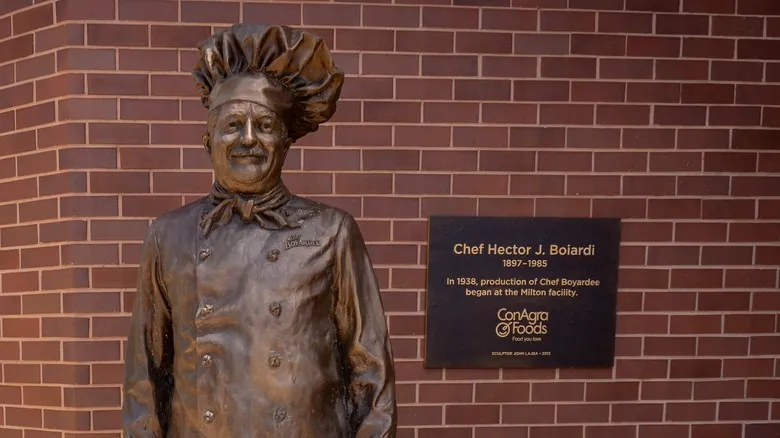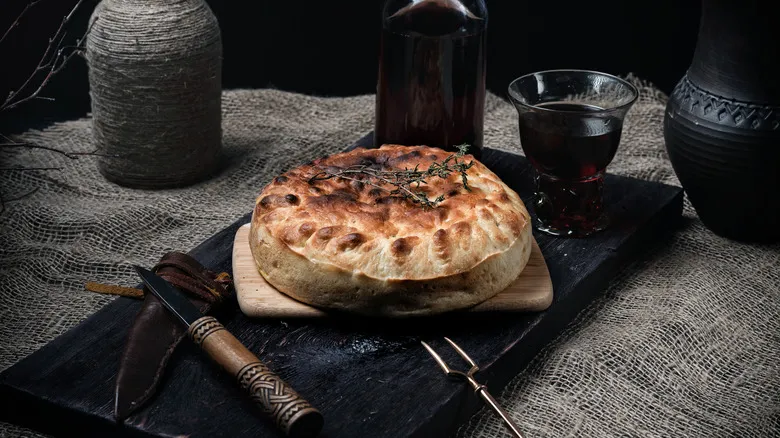What types of savory pies existed in the past?

Ancient pie makers filled their creations with proteins to provide their customers with something substantial to chew on. Pies from ancient England featured ingredients like lamb, beef, magpie pigeon, and duck, along with dates, currants, and pepper for added seasoning and flavor. The Romans brought their passion for seafood, so it was common to find lamprey, oysters, or mussels in their pies, with goat cheese and honey also being popular additions.
As for early Americans, the pumpkin pies we associate with Thanksgiving likely weren't present during that first holiday. However, modern pie enthusiasts in the United States benefited from traditions that traveled across the ocean with early settlers, ensuring that cherished savory pie recipes made their way into the proverbial recipe box. It's probable that the early pilgrims enjoyed savory pies filled with meats like venison or various fowl, seasoned with cinnamon, nutmeg, pepper, and dried fruits, creating a dish that resembled a blend of fruitcake and pot pie. English pies also had their highlights, with shepherd's pie and cottage pie among the early recipes, even if pumpkin pie was not included.
When pies became sweet

Fortunately, early pie bakers had the foresight to incorporate ingredients such as apples and pumpkin into their recipes, paving the way for the modern apple pie and all the nostalgic American traditions that followed. The history of sweet pies dates back to ancient Egypt, where they featured a crust made from barley, wheat, oats, or rye, filled with honey. By the time Ramses II ascended to the throne, these pies had evolved, with the addition of fruits and nuts to the honey filling. However, it wasn't until the 16th century that sweet pies truly gained popularity. During this time, cherry pies became a favorite of Queen Elizabeth I, while strawberry pies also found their way into contemporary cookbooks.
Colonial America, particularly in the 17th and 18th centuries, took sweet pies to new heights, establishing a "pie belt" in New England. With access to ingredients like maple syrup, honey, molasses, and cane sugar, along with fruits such as pears, blueberries, pumpkins, and apples, sweet pies (along with their beloved crusts) became so significant that they were even enjoyed at breakfast. The old tradition of pie consumption waned in the 19th century due to a health movement that discouraged pie eating. This trend persisted until the mid-20th century, when people rediscovered their love for sweet pies and embraced them once more with enthusiasm.
Recommended

How Fish And Chips Became Britain's Defining Street Food

The Invention Of Kraft Singles Changed The Cheese World

What Exactly Are Funeral Potatoes And What's With The Morbid Name?

How President Woodrow Wilson Put Chef Boyardee On The Map
Next up

